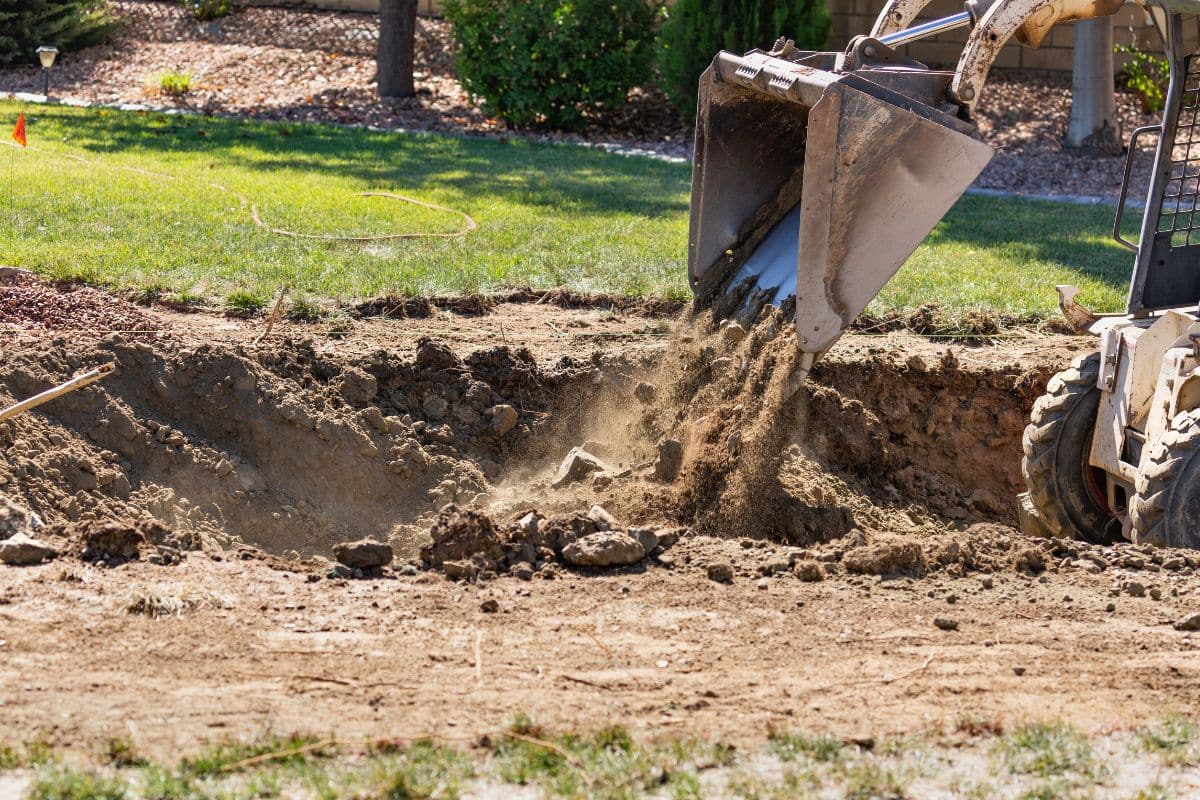When purchasing firewood for heating your home or enjoying cozy fires, understanding cord measurements becomes essential for making informed decisions. A standard cord represents a specific volume of stacked wood that follows precise dimensional requirements established by industry standards.
The official definition specifies that a full cord measures exactly 4 feet high, 4 feet deep, and 8 feet long. This configuration creates a total volume of 128 cubic feet when properly stacked. However, this measurement includes both the wood itself and the air spaces between individual pieces, which typically account for 20-30% of the total volume.
Many homeowners struggle with visualizing these dimensions in practical terms. Picture a stack roughly the size of a small shed’s wall or imagine filling half of a standard pickup truck bed with neatly arranged logs. The actual solid wood volume within a cord ranges between 80-90 cubic feet, depending on how tightly pieces fit together and the wood species’ characteristics.
Standard cord dimensions and variations
Understanding the precise measurements of firewood quantities helps prevent confusion when purchasing wood from suppliers. The full cord remains the industry benchmark, but several smaller variations exist to accommodate different needs and storage capabilities.
A face cord or rick typically measures 4 feet high and 8 feet long but only 16 inches deep, containing approximately one-third the volume of a full cord. This option works well for homeowners with limited storage space or occasional fireplace use. Some suppliers offer half cords, measuring 4 feet by 4 feet by 4 feet, providing exactly 64 cubic feet of stacked wood.
Regional variations sometimes create confusion in the marketplace. Certain areas use terms like “run” or “rank” to describe wood quantities, but these measurements lack standardization. When maintaining your home’s heating system, proper wood storage becomes as important as understanding dimensions. Just as the best way to clean timber floors requires specific techniques, storing firewood properly prevents moisture damage and pest infestations.
Quality suppliers always specify whether they’re selling seasoned or green wood. Seasoned wood, dried for 6-12 months, burns more efficiently and produces less creosote buildup in chimneys. Green wood contains higher moisture content, making it heavier and less efficient for burning purposes.
Factors affecting actual wood volume
The species and size of wood pieces significantly impact the actual solid volume within a cord’s 128 cubic feet. Hardwoods like oak, maple, and hickory typically stack more densely than softwoods such as pine, fir, or cedar, resulting in more solid wood per cord.
Split wood generally creates more air gaps than round logs, reducing the solid volume percentage. However, split pieces burn more efficiently and season faster than whole logs. The splitting method also matters – mechanically split wood often has more uniform dimensions than hand-split pieces, potentially affecting stacking density.
Piece length standards typically range from 12 to 24 inches, with 16-inch lengths being most common for residential use. Shorter pieces stack more tightly but require more labor to produce, while longer pieces may not fit properly in standard fireplaces or wood stoves. When dealing with wood storage areas, maintaining cleanliness becomes important, especially if dust accumulates. Understanding why is my room so dusty can help identify whether wood storage contributes to indoor air quality issues.
Moisture content significantly affects both weight and volume. Green wood can weigh twice as much as seasoned wood of the same species. As wood dries, it shrinks slightly, creating additional air spaces within the stack. Professional suppliers often guarantee specific moisture levels, typically below 20% for seasoned firewood.
Practical considerations for homeowners
Most residential heating needs require 3-5 full cords per heating season, depending on home size, insulation quality, and climate conditions. Primary heating users typically need more wood than those using fireplaces for occasional ambiance or supplemental warmth.
Storage planning requires considering both immediate and long-term needs. Seasoned wood should be stored off the ground, covered on top but with sides exposed for continued air circulation. A properly maintained wood storage area needs regular cleaning, similar to how specialized surfaces require specific care. For instance, how to clean quartz countertops demonstrates the importance of using appropriate methods for different materials.
Transportation logistics often determine purchasing decisions. Full cords typically require professional delivery unless you own a large truck and trailer. Many suppliers offer stacking services for additional fees, which proves valuable for elderly customers or those with physical limitations. When considering older homes, safety inspections become crucial, especially regarding what does asbestos insulation look like in areas where wood stoves or fireplaces might be installed.
Pricing structures vary significantly based on wood species, seasoning level, delivery distance, and regional availability. Hardwoods command premium prices but provide longer burn times and higher heat output. Geographic location affects both availability and cost, with urban areas typically experiencing higher prices than rural regions. Maintenance of heating appliances requires attention to detail, just as how to clean bronze fixtures demands specific care techniques.
Understanding cord measurements empowers consumers to make informed purchasing decisions and avoid common marketplace confusion. Whether heating an entire home or enjoying occasional fires, knowing exactly what you’re buying ensures adequate supply and fair pricing for your specific needs.










